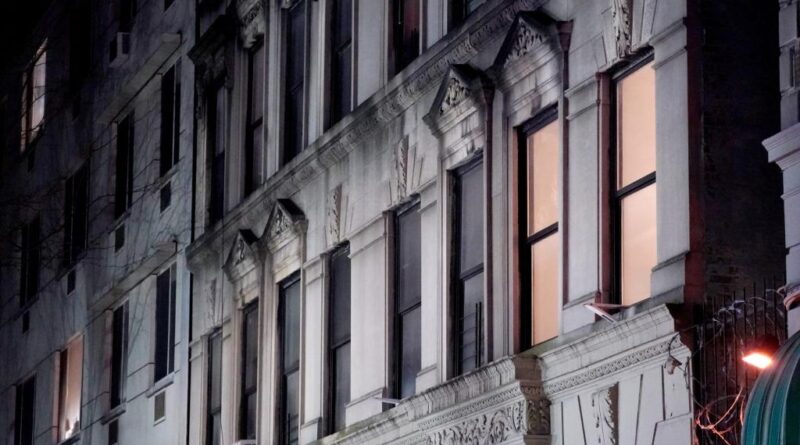New York City’s apartments are deteriorating rapidly due to the actions of liberal politicians

New York City boasts some incredible real estate deals — if you don’t scrutinize too closely. Take, for example, a 25-unit apartment building for sale on 135th Street in Harlem. This building, with newly renovated one- and two-bedroom apartments, is conveniently located near City College and major subway lines.
You can purchase the entire building for $2 million.
Alternatively, if owning 25 apartments is not your preference, you have the option to buy a single apartment on the same block.
This individual unit, a co-op, comes with a price tag of half a million.
So why the significant difference in pricing between these two properties? It’s not due to a bulk discount. The reason lies in the fact that 24 of the 25 units in the $2 million building are rent-regulated.
Under a 2019 New York state law, the current rent is essentially fixed indefinitely. Apart from a small yearly increase mandated by a politically controlled municipal board — which can be as low as zero — the building owner has no authority to raise rents, even after current tenants vacate or pass away.
Escalating costs of energy, insurance, taxes, and labor will be solely the responsibility of the owner, as will most expenses associated with roof and boiler replacements.
Moreover, evicting non-paying tenants is a lengthy and costly procedure. Even after a tenant loses a case in Housing Court and a judge orders eviction, “you can request up to one year to relocate if you can demonstrate that a similar apartment in the same neighborhood is unavailable,” as stated on the website of New York State Attorney General Letitia James.
It’s not uncommon for landlords to offer non-paying tenants a financial incentive to vacate.
The Housing Stability and Tenant Protection Act of 2019 has destabilized the New York City housing market, impacting about half of the city’s roughly 2 million rental units.
The value of these 1 million regulated units has always been linked to economic assumptions regarding owners’ ability to raise rents generally in line with inflation, particularly with the reliance on a 20% rent increase allowed after an apartment becomes vacant. This “vacancy reset” has typically covered the costs of renovating units inhabited by the same tenant for decades.
Due to the new law, the value of rent-regulated real estate has plummeted across the city, with significant repercussions emerging from this gradual decline. Prices for portfolios of rent-regulated apartments have dropped to 40-60% of their value five years ago.
New York Community Bank, a prominent lender in the city with extensive exposure in multifamily and commercial real estate, faced near-collapse in March 2024 and was rescued at the last minute by private investors.
Housing advocates respond by saying, “Tough luck,” questioning why the public should be concerned about wealthy investors losing money on speculative ventures.
Left-leaning figures like Bronx congresswoman Alexandria Ocasio-Cortez aim to “decommodify housing” and view it as a societal good, akin to public education, available to all.
New York City comptroller Brad Lander, aligning with socialist ideals, hopes a decline in real estate values will trigger a large-scale default on residential properties, allowing the city or “nonprofit community groups” to take over and reshape the market into “social housing,” similar to “Red Vienna” in the 1920s.
To realize this vision, the Left has pushed for “Good Cause Eviction” legislation to subject all rental housing in the state to regulatory oversight.
The process of decommodifying housing in New York will likely result in the deterioration of the housing inventory. Housing must cease to be profitable for private owners and lenders, leading them to withdraw investments in maintenance and upkeep.
Consider the 25-unit building on 135th Street. Priced at only $2 million, there is no viable way to generate income from it. Like boats, buildings require continuous maintenance to stay afloat. Given the upkeep demands of a century-old urban apartment building with numerous tenants and the projected low cash flow from regulated rents, the building becomes a financial sinkhole.
Hence, the city, nonprofit groups, and tenants themselves are reluctant to acquire it. Unless the law permits the owner or manager to collect sufficient rent to sustain the building, it will falter. Many other buildings in similar predicaments are poised to sink and drag the city down with them.
From City Journal.



